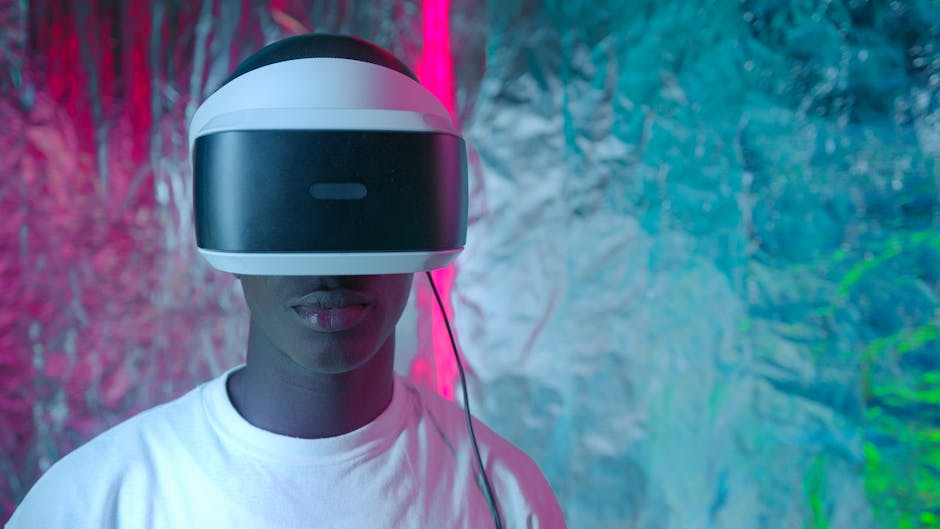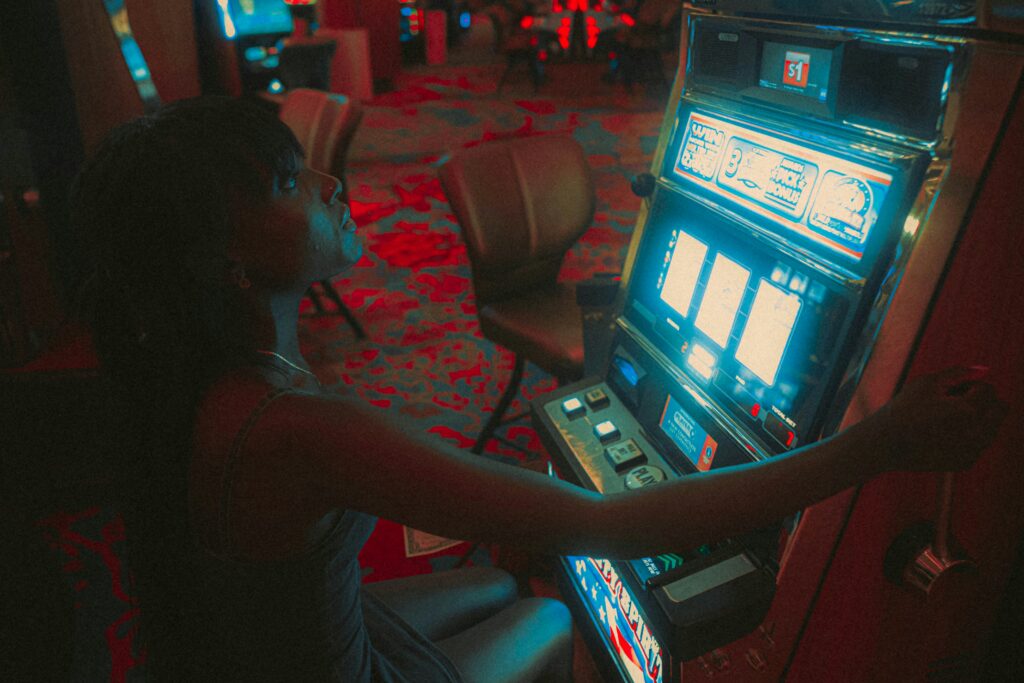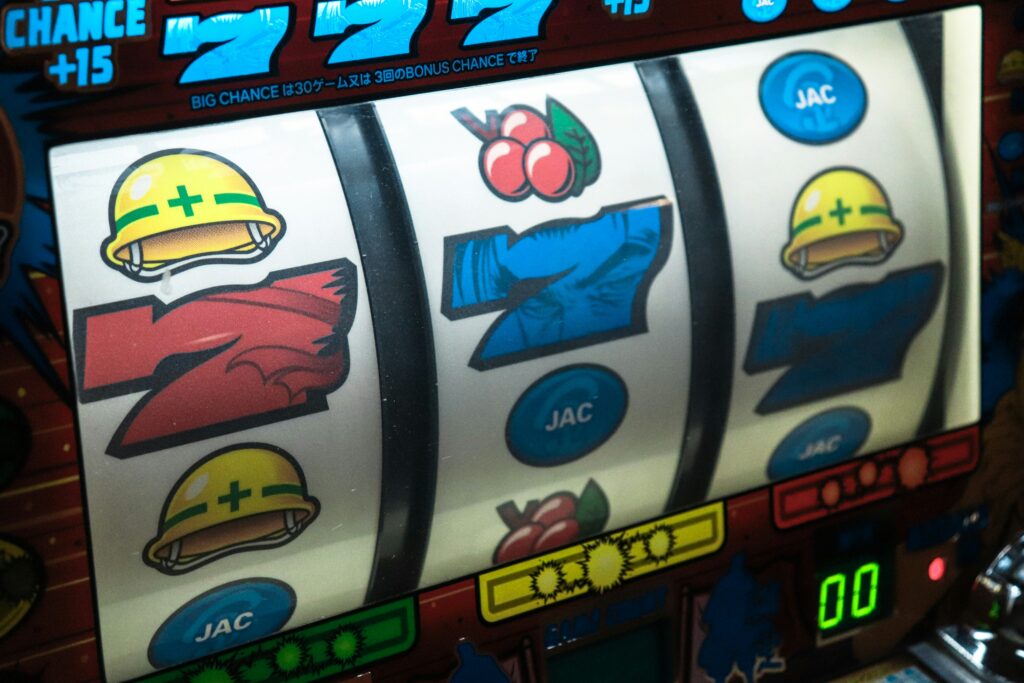Why These Games Matter Right Now
Player expectations aren’t what they used to be. Flashy graphics and shallow combat loops don’t cut it anymore. What’s pulling people in—and keeping them there—is deeper: immersive worlds, rich storytelling, and gameplay that respects their time. Players want to feel things, make decisions that matter, and come back for more without the grind feeling like work.
Studios in 2024 are taking notes. Games are being built around emotional arcs, tighter replay value, and smarter mechanics. AAA titles are borrowing from indie innovation. Indies are pushing boundaries that larger studios used to dominate. And everyone’s doubling down on world-building that feels alive—because if your game doesn’t give players something to care about, they’ll move on fast.
In short, the biggest wins in gaming right now are about impact, not just scale. That’s reshaping how games are made, marketed, and played.
Narrative-Driven Titles with Emotional Punch
Storytelling isn’t just back—it’s leading the charge. In 2024, players aren’t settling for empty spectacle or rinse-and-repeat fetch quests. They want games that make them feel something. And studios are answering the call with character-driven narratives that aren’t afraid to be messy, personal, or morally gray.
Look at The Last of Us Part II. Love it or hate it, the game hit hard because it leaned into loss, trauma, and revenge without blinking. Same with Cyberpunk 2077: Phantom Liberty—a redemption arc for both the game and its reputation. It brought emotional depth, complexity, and a new cast of unforgettable characters—all steeped in personal risk and political tension.
These games don’t spoon-feed a happy ending. They ask players to make hard calls, sit with consequences, and explore flawed humanity through interactivity. And that’s the point. The best titles right now trust players to handle nuance. That makes the journey more immersive—and the story more human. It’s why narrative-first games are pushing past just being playable. They’re becoming unforgettable.
Indie Games That Punch Above Their Weight
The gaming industry has long been dominated by blockbuster studios with massive budgets and teams. But over the past few years—and especially now in 2024—small, independent developers are rewriting those rules. Titles like Hades, Dave the Diver, and Dredge prove you don’t need a triple-A wallet to create something unforgettable.
What these games lack in production scale, they make up for in personality, polish, and creative risk-taking. Hades delivers fast, fluid combat wrapped inside a narrative that evolves with every run. Dave the Diver blends genres with an oddball charm that somehow works. And Dredge turns fishing into a haunting, slow-burn mystery. None of these follow the standard playbook—and that’s the point.
A big part of their success comes from tight-knit player communities. These aren’t just fans; they’re feedback loops. Discourse happens in forums, patch ideas float around on Reddit, and devs actually listen. That grassroots energy builds loyalty, one player at a time—and it snowballs. Word of mouth replaces ad dollars. The hype comes from players, not PR.
Indie games are no longer just charming side quests to the industry. In 2024, they’re center stage—and they’re staying there.
Multiplayer That Actually Feels Meaningful
The days of mindless matchmaking and leaderboard chasing are on the decline. More players are choosing camaraderie over chaos, and developers are finally listening. Cooperative games like Helldivers 2, Deep Rock Galactic, and It Takes Two have carved out a loyal following not by throwing people into competitive frenzies, but by asking them to rely on each other.
These games aren’t just about working together—they’re about sharing momentum, making decisions as a unit, and surviving (or failing) side by side. That kind of shared experience sticks.
Smart matchmaking plays a big role. Players are getting paired based on behavior, not just rank. Toxicity drops. Team cohesion rises. Developers are leaning into this dynamic, using design to foster trust. From in-game communication tools to role-based mechanics that reward cooperation, everything is tuned for the long haul.
These aren’t just games—they’re hangouts, challenge courses, and trust falls disguised as sci-fi missions or mining runs. In 2024, multiplayer is no longer about who gets the most kills. It’s about who you’d want watching your six when it all hits the fan.
Innovation in Mechanics and Features
What keeps players coming back isn’t just high-res textures or epic storylines—it’s the gameplay itself. In 2024, game devs are doubling down on mechanics that surprise and adapt. Think time loops in narrative games like Twelve Minutes, or roguelike structures that reset the world but keep you hooked. These systems reward experimentation, not just mastery.
Players are also leaning into strategy and randomness. From deck-building rogue-lites to physics-based sandboxes, the unexpected is becoming the norm. There’s something addictive about games that never play out the same way twice. It’s part challenge, part chaos—enough to keep even the most seasoned player curious.
For those interested in how this trend is bleeding into other genres, and what mechanics players actually love, check out this breakdown: Slot Game Features: What Players Love Most.
Visuals and Sound That Raise the Bar
Art Design That Transcends Graphics
Modern gamers expect more than just high polygon counts and sharp textures. What truly sets a game apart is intentional, cohesive art direction that enhances immersion and emotional tone. From painterly landscapes to dystopian minimalism, strong visual identities make games unforgettable.
- Stylized visuals often outshine photorealism in long-term impact
- Games like Ori and the Will of the Wisps and Hollow Knight showcase powerful aesthetic choices
- Visual tone sets the mood before gameplay even begins
Immersion Through Sound
Sound design has evolved from a background element to a full-on storytelling vehicle. Spatial audio and nuanced soundtracks now shape how players experience the world—and how deeply they engage with it.
- Spatial sound captures direction, distance, and presence, pulling players into the game world
- Original scores heighten emotional stakes and narrative beats
- Detailed ambient noise and layered audio bring environments to life
Aesthetic Style: The Unsung Hero
Great visuals and sound go beyond technical specs—they contribute directly to how a game feels. In 2024, aesthetic cohesion is key. A bold artistic vision can lift a solid game into must-play territory.
- Consistent visual and audio identity supports immersion
- Players increasingly value stylistic uniqueness over hyper-realism
- A strong aesthetic leaves a lasting impression—even after the credits roll
Final Word: What Makes a “Must-Play” in 2024
Nailing game mechanics is no longer enough. The standout titles this year are the ones that don’t just play well—they mean something. They bring heart. They experiment. They cultivate true community, whether through tight co-op systems, layered choice-driven narratives, or open-ended sandbox creativity. These games don’t just entertain—they stick with you.
Gamers are tired of fluff. The tolerance for cookie-cutter grinds, bloated open worlds, or feature-stacked but soulless experiences is wearing thin. People want substance over size. A tight 10-hour story that hits emotionally beats a 60-hour sprawl you forget a week later.
If you’re low on free time (who isn’t?), focus on the titles that do more with less. The industry’s best right now are lean, polished, focused—and very aware they have to earn every hour of your attention. No wasted time. Just quality, start to finish.


 Thalara Kelricsona is the co-founder of mediagamblesaga and a key voice in its content direction. With a unique blend of creativity and industry knowledge, she explores the intersection of technology and user experience in gambling. Her forward-thinking approach ensures the site remains a trusted resource for readers seeking clarity on the fast-changing digital gambling landscape.
Thalara Kelricsona is the co-founder of mediagamblesaga and a key voice in its content direction. With a unique blend of creativity and industry knowledge, she explores the intersection of technology and user experience in gambling. Her forward-thinking approach ensures the site remains a trusted resource for readers seeking clarity on the fast-changing digital gambling landscape.

